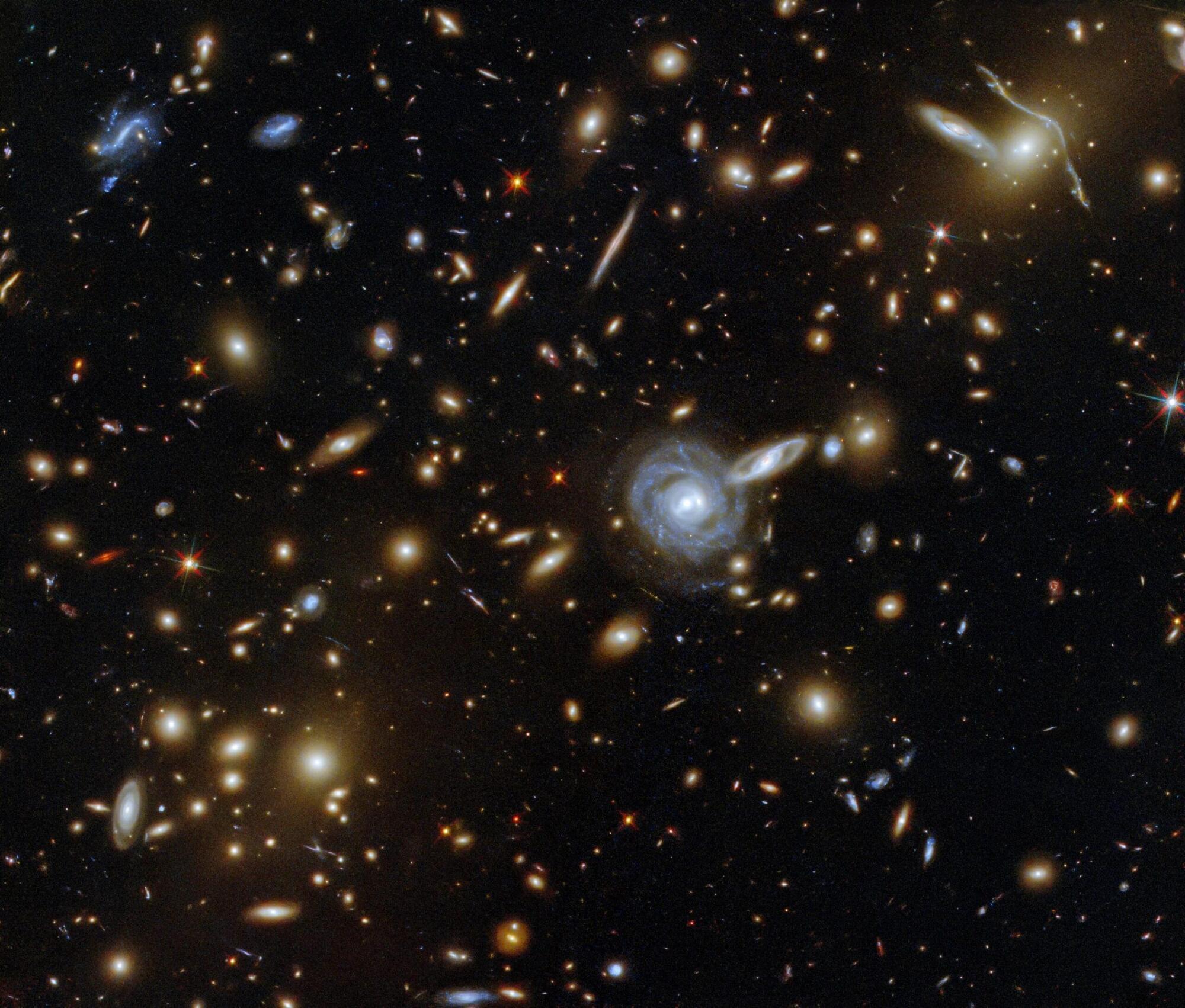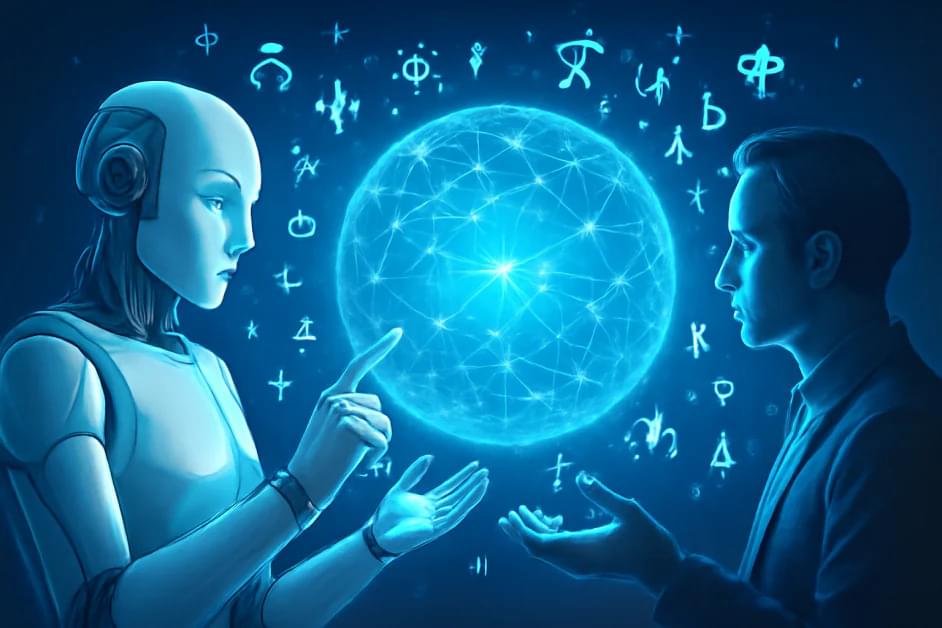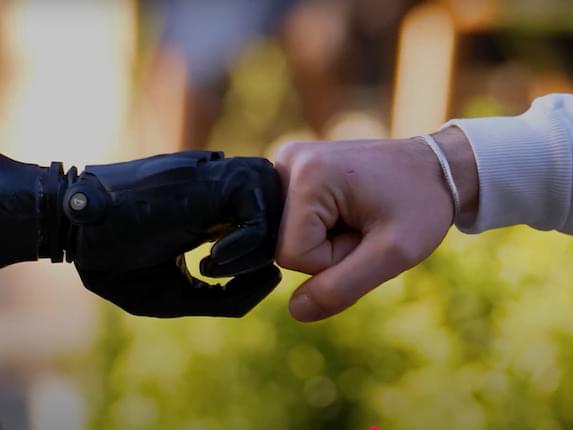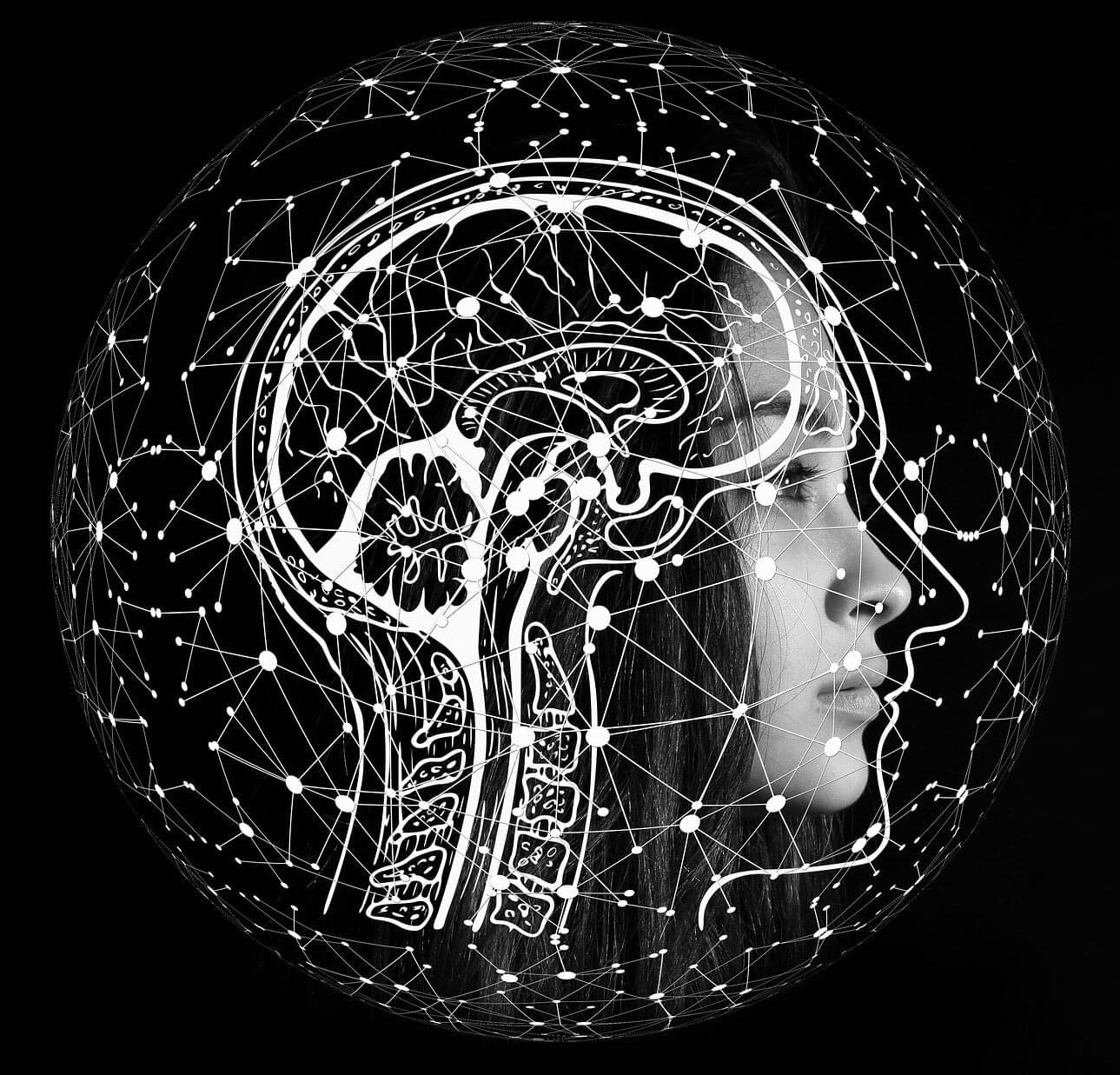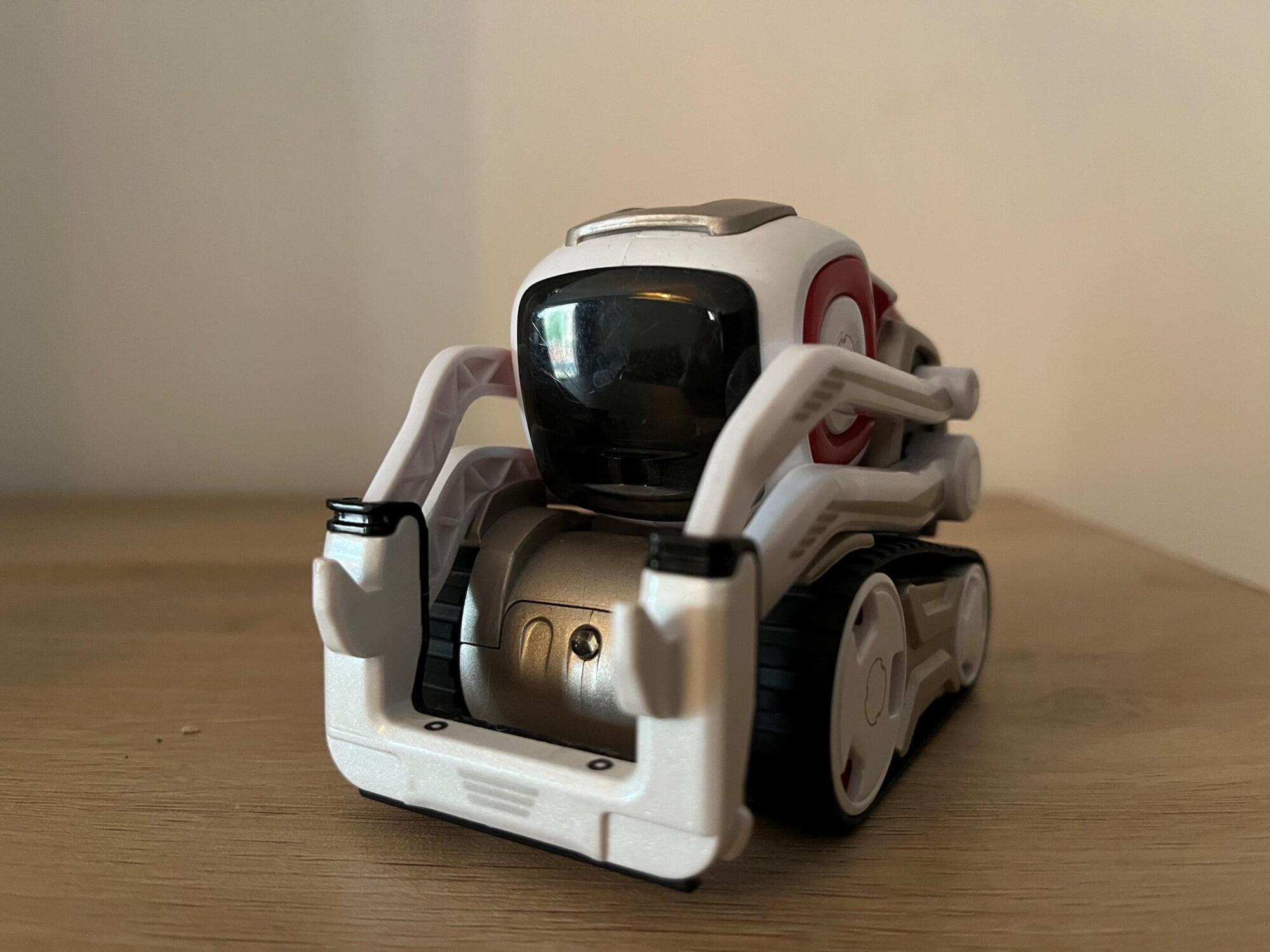For almost as long as humans have existed, we have been trying to make sense of the cosmos. What started as philosophical musing has, following the advent of the telescope and the ability to look ever farther into space (and ever earlier in time), become a thriving field of research.
Today, scientists seek to understand the properties governing how our universe behaves. These properties are characterized mathematically as so-called cosmological parameters, which fit into our models of the cosmos. The more precisely these parameters can be measured, the better we are able to differentiate between models, as well as validate — or rule out — long-held theories, including Einstein’s general theory of relativity. Because different models can hold vastly different predictions for both our universe’s earliest moments and eventual fate, that differentiation is vital.
To date, some of the biggest challenges include more tightly constraining parameters such as those that determine the precise amount and nature of dark matter, the source of dark energy and the repulsive force that it exerts, and exactly how neutrinos behave.
